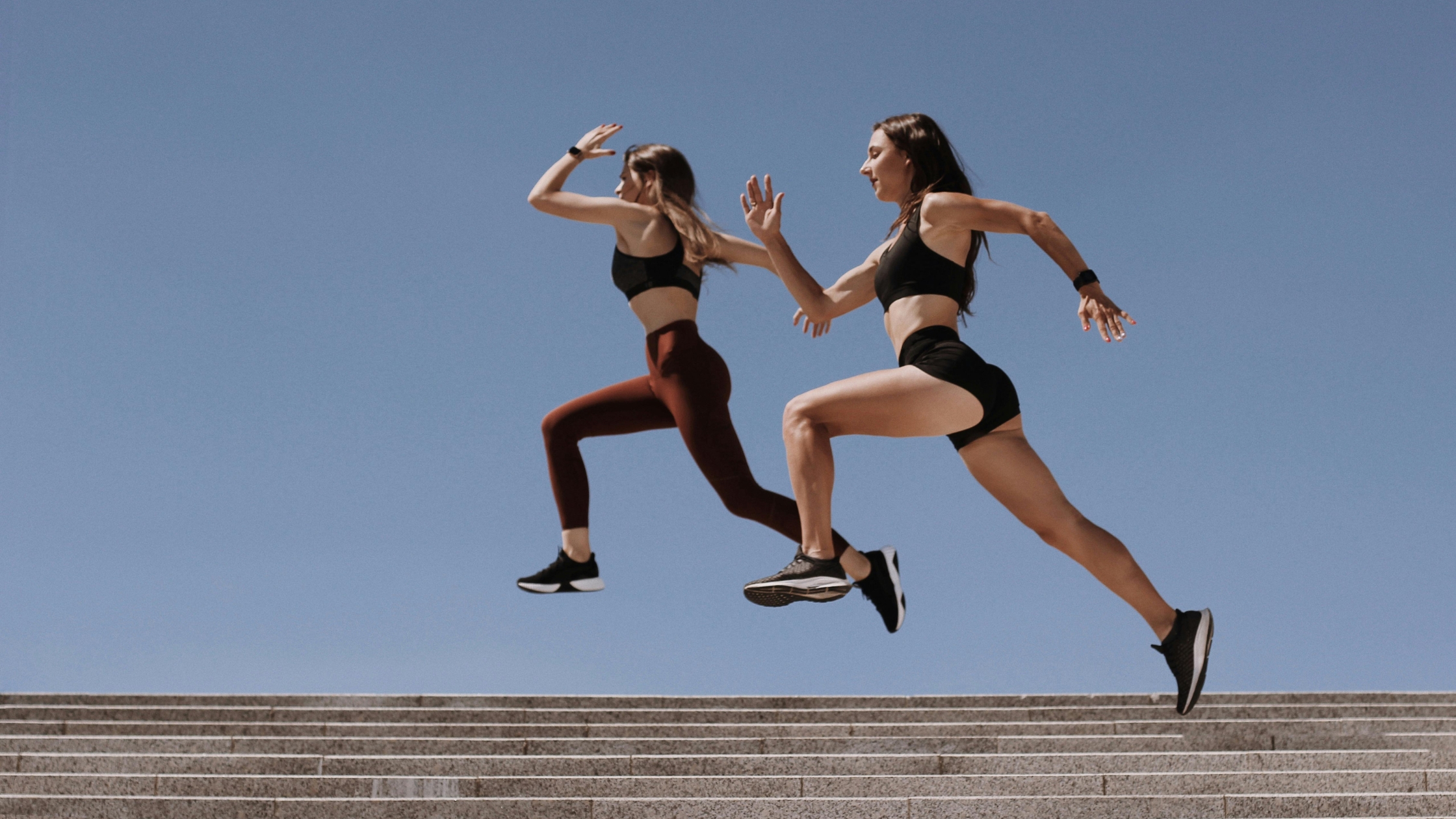RxBlack
ARPwave’s premier therapy device, and is revered within elite athletic communities.
FlexDoctor
Integrates our revolutionary waveform into a portable, handheld device,
offering convenient pain reduction with just the push of a button.

ACL injuries are among the most feared and career-impacting injuries in professional sports. Athletes rely on their knees for stability, movement, and power, making the Anterior Cruciate Ligament (ACL) an essential part of their performance. When the ACL is torn, it can result in a prolonged absence from the game, impacting both the player’s career and the team’s success.
But recent advancements in recovery technology, such as ARPwave therapy, are changing the way athletes recover from these debilitating injuries. The ability to recover quickly and effectively is crucial, not just for physical health, but also for the financial and emotional well-being of athletes.
In this article, we’ll dive into the impact of ACL injuries on professional athletes, the traditional recovery timeline, and how ARPwave therapy is helping speed up the rehabilitation process.
The following tables showcase some of the most notable athletes sidelined by ACL tears, when the injury occurred, and how long it took them to return to competition—providing a clearer picture of the impact ACL injuries can have on even the most resilient players.




One of the most exciting innovations in sports recovery is ARPwave therapy. This electrotherapy system uses targeted electrical stimulation to promote faster muscle recovery, enhance joint mobility, and reduce pain. The therapy involves sending electrical pulses through the muscles and nerves, which encourages them to activate faster and more efficiently than they would during traditional recovery methods.
The science behind ARPwave is built on neuromuscular re-education, which is designed to improve the efficiency of the central nervous system in activating muscles. This is especially beneficial for ACL injuries, where muscle atrophy and weakness are often present after surgery.
By utilizing targeted electrical stimulation to promote faster muscle reactivation and improve joint function, ARPwave offers significant advantages over traditional rehabilitation methods. The following case studies explore the key benefits of ARPwave for ACL recovery—highlighting how it can accelerate healing, reduce downtime, and help athletes return to their peak performance levels faster and safer than ever before.


ACL injuries can be career-altering for professional athletes. The traditional recovery timeline can sideline players for months, leaving them at risk of losing form, marketability, and even their career. However, the use of cutting-edge recovery technologies like ARPwave is proving to be a game-changer.
ARPwave therapy accelerates the rehabilitation process, helping athletes return to their sport in a fraction of the time it would normally take. With benefits like faster muscle reactivation, reduced swelling, improved joint mobility, and enhanced strength, it’s no wonder that more athletes are turning to ARPwave as part of their ACL recovery regimen.
In an industry where every second counts, faster recovery can mean the difference between a career-defining comeback and a permanent sideline stay. ARPwave is proving to be an invaluable tool in helping athletes get back to the game faster and stronger than ever before.
Leave your details below and one of our operators will contact you.